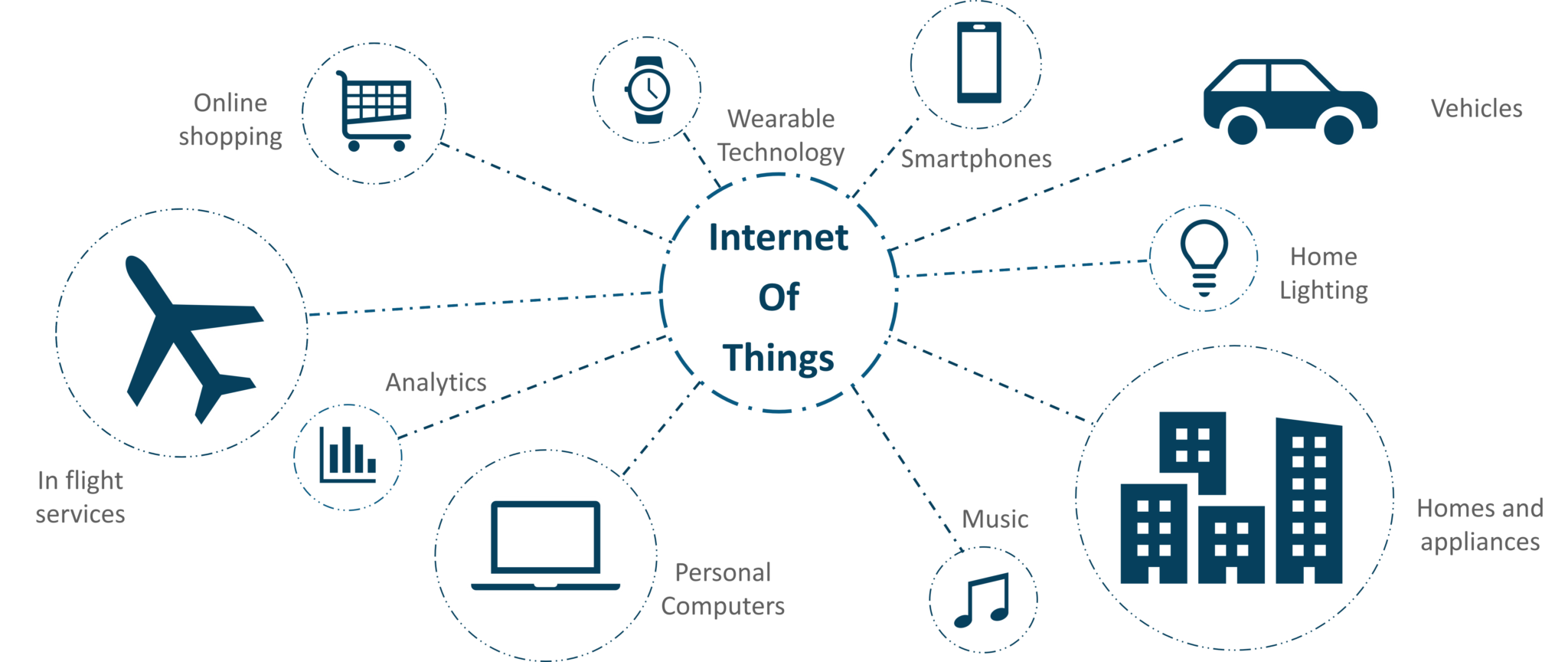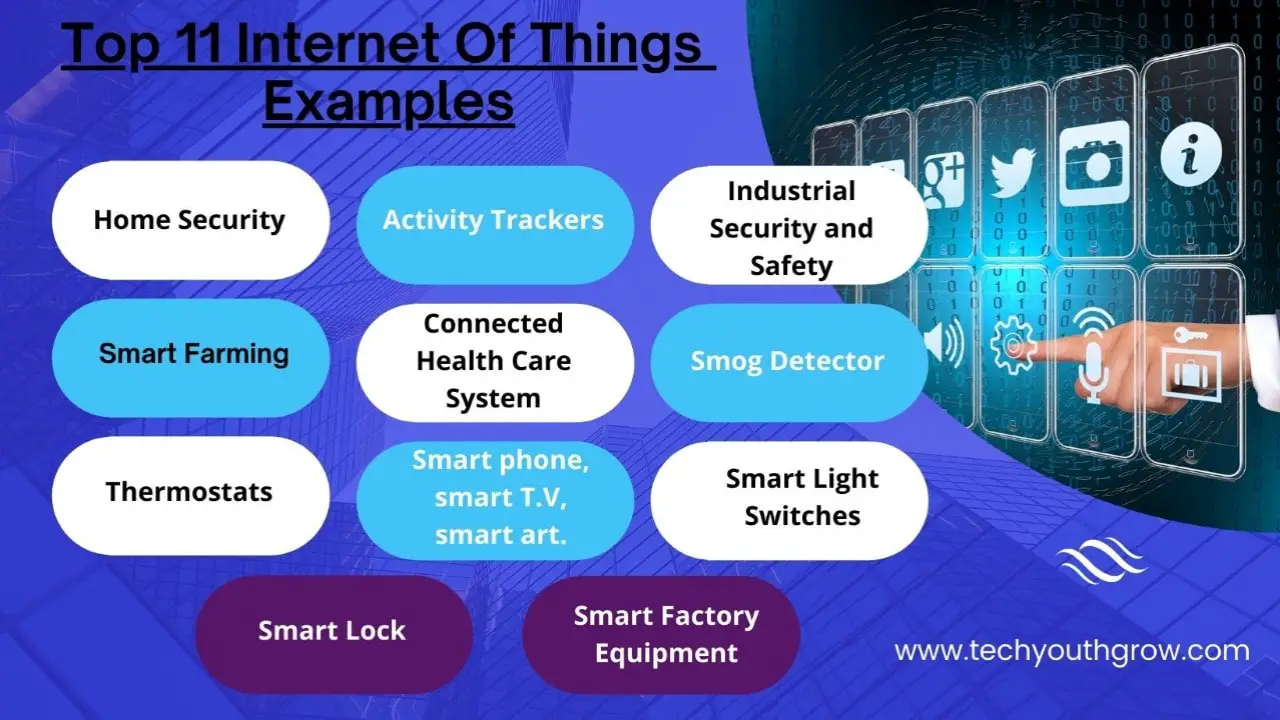IoT Intricacies: Resolving Common Issues in Internet of Things Projects

Internet of Things (IoT) projects offer immense potential for innovation and efficiency. However, they also present a plethora of challenges that can hinder their successful implementation. This article delves into some of the most prevalent issues faced in IoT projects and provides practical solutions to address them:

-
Connectivity Challenges: Intermittent or unstable connectivity can disrupt data transfer and hinder project functionality. Consider implementing redundant communication channels (e.g., cellular, Wi-Fi, Bluetooth), using mesh networking to extend coverage, and optimizing antenna placements for better signal strength.

-
Security Concerns: IoT devices often have limited security capabilities, making them susceptible to cyberattacks. Employ industry-best encryption protocols, implement strong authentication mechanisms, and regularly update firmware with security patches to safeguard devices and data.
-
Data Management Challenges: IoT projects generate vast amounts of data that need to be collected, stored, and analyzed. To manage this data deluge, implement scalable data storage solutions, utilize cloud computing services, and leverage IoT platforms with built-in data management capabilities.
-
Power Management Constraints: IoT devices often operate on limited power sources (e.g., batteries), which can impact device uptime and performance. Optimize device power consumption by using energy-efficient components, implementing power-saving modes, and considering energy harvesting techniques.
-
Scalability Issues: As IoT projects expand, scaling them without compromising performance can be problematic. Design for scalability from the outset by using modular architectures, adopting cloud-based solutions, and testing for performance under increased load scenarios.
-
Interoperability Challenges: IoT devices from different manufacturers often use incompatible protocols, hindering intercommunication. Ensure interoperability by adhering to open standards, using gateways for protocol conversion, and establishing clear interfaces for device communication.
-
Hardware and Software Compatibility: Mismatched hardware and software components can lead to project failures. Thoroughly test hardware-software compatibility, adhere to device specifications, and seek vendor support for integration and troubleshooting.
By addressing these common issues proactively, IoT projects can minimize potential risks and increase their chances of success. Additionally, consulting with experienced IoT solution providers can provide valuable insights and expertise, helping organizations navigate the complexities of IoT implementation.Iot Intricacies: Solving Common Issues In Internet Of Things Projects
Executive Summary
Harnessing the colossal potential of the Internet of Things (IoT) often entails navigating intricate challenges. This comprehensive guide unravels the complexities of IoT implementation, offering pertinent strategies to surmount common hurdles. By shedding light on the underlying issues and providing practical solutions, this in-depth analysis serves as a valuable resource for developers and project managers seeking to optimize their IoT initiatives.
Introduction
The IoT, characterized by the seamless integration of interconnected devices, sensors, and software applications, has revolutionized the digital landscape. However, the intricate nature of IoT projects often presents obstacles that can hinder successful implementation. Overcoming these challenges demands a multifaceted approach that encompasses technical expertise, strategic planning, and diligent troubleshooting.
FAQs
-
What are the common technical hurdles faced in IoT projects?
- Connectivity issues: Establishing and maintaining reliable connections between devices can be challenging due to factors such as signal strength, network congestion, and interference.
- Data management: Collecting and managing vast volumes of data generated by IoT devices can strain storage and processing capabilities.
- Security vulnerabilities: The interconnected nature of IoT systems can introduce security risks that must be addressed to protect data and prevent unauthorized access.
-
How can project managers streamline IoT implementations?
- Define clear objectives: Establishing well-defined goals and objectives ensures that all stakeholders are aligned and working towards the same outcomes.
- Engage stakeholders: Active collaboration with all stakeholders, including developers, end-users, and investors, facilitates effective knowledge sharing and ensures project alignment.
- Adopt iterative development: Breaking down the project into smaller, manageable iterations allows for incremental progress, enabling teams to respond swiftly to changing requirements and challenges.
-
What are the best practices for enhancing IoT security?
- Implement robust encryption: Encrypting data at all stages, from transmission to storage, safeguards sensitive information from unauthorized access.
- Enforce authentication and authorization: Establishing strong authentication mechanisms and access control policies ensures that only authorized entities can access IoT devices and data.
- Conduct regular security audits: Periodic security audits identify vulnerabilities and weaknesses in the system, allowing for proactive remediation and enhanced protection.
Subtopics for Common Issues
Connectivity Issues
- Network selection: Choosing the appropriate network infrastructure (e.g., Wi-Fi, cellular, LPWAN) ensures optimal connectivity for the specific IoT application.
- Signal strength optimization: Employing techniques such as antenna placement and signal boosters improves signal strength and minimizes connectivity disruptions.
- Interference mitigation: Identifying and addressing sources of interference (e.g., electromagnetic noise, physical obstructions) enhances signal quality and stability.
Data Management
- Data storage optimization: Implementing efficient data storage strategies (e.g., NoSQL databases, cloud storage) optimizes data management and reduces storage costs.
- Data processing efficiency: Employing scalable data processing techniques (e.g., stream processing, edge computing) ensures data is processed in a timely and efficient manner.
- Data security enhancement: Implementing robust data security measures (e.g., encryption, access controls) protects sensitive data from unauthorized access and misuse.
Security Vulnerabilities
- Device security hardening: Implementing security measures on IoT devices (e.g., secure boot, firmware updates) reduces the risk of vulnerabilities and malicious attacks.
- Network segmentation: Dividing the network into smaller, isolated segments limits the potential impact of security breaches and prevents unauthorized access to sensitive data.
- Vulnerability assessment and patching: Regularly scanning IoT devices and software for vulnerabilities and applying timely patches ensures ongoing protection against emerging threats.
System Integration
- Interoperability standards: Adhering to open interoperability standards (e.g., MQTT, REST APIs) ensures seamless communication and data exchange between IoT devices and platforms.
- Data format standardization: Establishing standardized data formats facilitates easy integration and data sharing among different IoT components and applications.
- Testing and certification: Conducting thorough testing and certification ensures system stability

